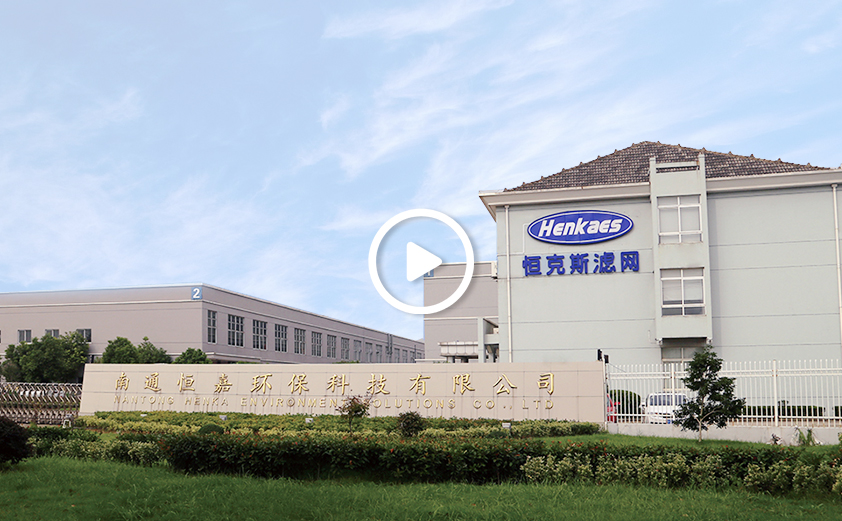Why do Pocket Bag Air Filter have low resistance?Pocket Bag Air Filters have low resistance for several reasons, which can be beneficial in various applications where maintaining airflow is crucial. Here's why they typically exhibit low resistance:
1. Large Surface Area: Pocket bag filters often have a large surface area for the volume of air they need to filter. This allows for more air to pass through the filter without a significant increase in resistance.
2. Depth Filtration: Unlike surface filters, pocket bag filters use depth filtration, where the dust is collected throughout the depth of the filter material, not just on the surface. This can lead to a more efficient use of the filter material and lower resistance.
3. Flow Design: The design of the pocket bag filter housing allows for a smooth flow of air, reducing turbulence and resistance. The bags are usually arranged in a way that air can flow evenly through them.
4. Filter Media: The filter media used in pocket bag filters is chosen for its ability to provide high filtration efficiency with low resistance. Modern filter media can be very efficient while still allowing air to pass through with minimal resistance.
5. Cleanable and Reusable: Pocket bag filters can be cleaned and reused, which means they can be restored to near their original efficiency, maintaining low resistance over time.
6. Pre-Filters: Often, pocket bag filters are used in conjunction with pre-filters that capture larger particles, reducing the load on the pocket bags and keeping their resistance low.
7. Airflow Management: The system can be designed to manage airflow in a way that minimizes resistance, such as by controlling the velocity of the air passing through the filters.
8. Regular Maintenance: Regular maintenance, including cleaning or replacing the filters, helps to keep the resistance low by preventing the accumulation of dust and debris that would otherwise increase resistance.
9. Optimized Filter Spacing: The spacing between the pocket bags can be optimized to allow for unobstructed airflow, which reduces resistance.
10. System Design: The overall design of the air filtration system, including the use of fans and blowers, can be optimized to work efficiently with pocket bag filters, contributing to their low resistance characteristic.
Why do Pocket Bag Air Filters typically have larger surface areas?Pocket Bag Air Filters usually have a larger surface area, mainly due to the following reasons:
1. Improved efficiency: A larger surface area improves filtration efficiency because more particles are captured as they pass through the filter.
2. Air flow dispersion: A larger surface area helps disperse air flow, reducing turbulence and resistance when air flows, thereby improving filtration effect.
3. Maintenance intervals: A larger filter surface area means the filter can last longer without replacement because each filter bag can capture more particles.
4. Cost-Effectiveness: Although a single filter bag has a larger surface area, the entire filtration system may require fewer filter bags, thus reducing material and installation costs.
5. Design flexibility: The design of pocket bagged filters allows engineers to adjust the size and number of filter bags based on specific application needs to achieve the best surface area to volume ratio.
6. Adaptability: The larger surface area allows the bag filter to adapt to different airflow rates and handle particles of different sizes, increasing its applicability in a variety of applications.
7. Extended service life: Larger surface area can extend the service life of filter bags because each filter bag can hold more particles, thus reducing the frequency of replacement.
8. Optimize space utilization: In a limited space, by increasing the surface area of the filter bag, the available space can be maximized and the efficiency of the entire filtration system can be improved.
9. Reduce energy consumption: A larger surface area helps reduce the overall energy consumption of the system because the resistance of air passing through the filter is lower, thus reducing the operating load of equipment such as fans.
10. Easy to clean and maintain: Larger surface area makes cleaning and maintenance tasks more efficient because each filter bag can handle more air flow, reducing the frequency of cleaning and replacement.

 English
English русский
русский Español
Español 简体中文
简体中文

















